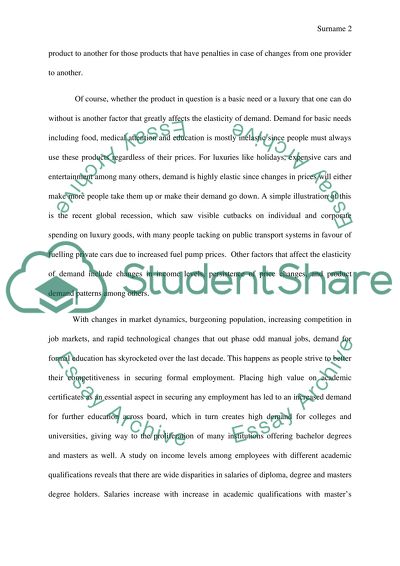Cite this document
(“Price Elasticity of Demand Essay Example | Topics and Well Written Essays - 1000 words”, n.d.)
Retrieved from https://studentshare.org/macro-microeconomics/1442168-midterm-essay
Retrieved from https://studentshare.org/macro-microeconomics/1442168-midterm-essay
(Price Elasticity of Demand Essay Example | Topics and Well Written Essays - 1000 Words)
https://studentshare.org/macro-microeconomics/1442168-midterm-essay.
https://studentshare.org/macro-microeconomics/1442168-midterm-essay.
“Price Elasticity of Demand Essay Example | Topics and Well Written Essays - 1000 Words”, n.d. https://studentshare.org/macro-microeconomics/1442168-midterm-essay.


